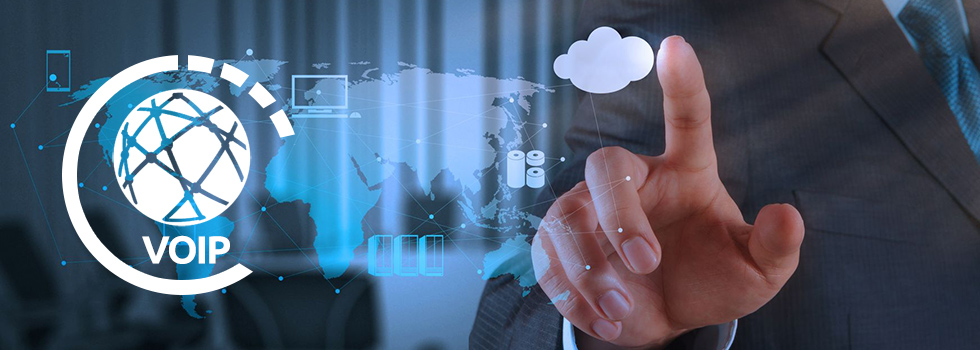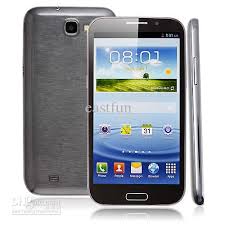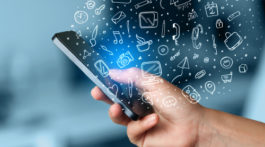Super Fast Downloads: Is 5G the Future?
You thought 4G LTE was supposed to be fast? Wait ’till you see this. Yeah, 4G LTE hasn’t even finished rolling out yet, and we’re already seeing reports of a 5G network on the horizon. What is 5G? Unlike the 4G LTE rollout, this one is not going to bring us yet another update to the cell towers. It’s actually going to be a sort of devolution of the traditional infrastructure.
Imagine being able to make phone calls using a VoIP-like service. This is essentially what will be happening to cell service over the next few years. By 2020, the industry is expected to be transformed into a software-driven service, rather than a hardware-driven one.
You see, right now, when a cell provider wants to update its network, it needs to overhaul its existing towers. If there’s new technology, it needs to “nuke and pave” to roll that tech out to the masses. That’s expensive, and it is reflected in the cost of service plans.
With a 5G network, everything is moved to the cloud and the cell towers now become a backhaul link to large data centers. Cell carriers no longer need to build processing capacity into every cell so that they’re capable of handling peak traffic on a moment’s notice. The future is all about cloud control. Next-gen cell service will allow providers to allocate processing resources as they are needed.
So, for example, during rush hour, providers can shift processing power out of a major city, like New York, as people leave work and head home. The data follows the customer instead of being a fixed quantity tied to a geographic location.
Not only does this make the cell networks more dynamic, it improves the user experience. Remember when AT&T had constant network traffic problems in New York City post iPhone revolution? The company had a hard time anticipating the demand for data back then.
But, now, with this technology, companies like AT&T and Verizon don’t need to guess where processing power is needed. If people congregate at Times Square for New Year’s Eve, data service can be strengthened here, while weakening processing power where it’s not needed. Everyone wins, because the “overflow” of processing power won’t be needed in “Smallville, USA” while it will be very much needed in the Big Apple.
It Will Reshape Major Events
Imagine being at the World Series and having updated stats on all players within seconds. Or, imagine being at home, and still being able to download long Olympic events from Tokyo (where the 202 Summer Olympics will be held) in one second flat. Now imagine seeing holograms of Olympic athletes and having Google (or some other service) instantly translate everything being said in Japanese so you can understand it. This is what the 5G network will make possible – all because of the sheer speed of the connection.
The Internet Of Things and “Skynet”
Skynet is here and it’s called “5G.” Seriously though, the Internet of Things is a thing, and it refers to the idea of having home appliances, and even entire homes, connected to the Internet and “talking” to one another. Machine to machine communication could, for example, allow your fridge to talk to your cell phone, telling it that you’re out of eggs and automatically assemble a grocery shopping list for you.
It could also mean a smart home wi-fi network that automagically searches and works to convert YouTube videos for you for your upcoming road trip that you scheduled into Google Calender 3 weeks ago. Or, maybe it just turns on the lights, and unlocks your front door when you come home using advanced facial recognition software and an intelligently-placed camera in your driveway.
It could also enable “smart cities.” There’s an accident on I-440, and thankfully there are cameras there to automatically alert the police, fire, and ambulance services so that they can be faster to respond. Or, it could mean a smart city with little to no traffic congestion as GPS devices, even mobile phones running Google or Apple maps, are updated with real-time traffic from local cities and towns monitoring traffic trends and congestion.
Your Car, Connected
Google’s driverless car could be the first in a series of attempts to make driving safer. Imagine a city populated with passengers, but no driver. It could make cities safer to navigate as everything is controlled by a computer, instead of a human being. No more errors in judgement or rude drivers cutting you off, causing an accident in the process.
A Revolution In Healthcare
Today, we go to the hospital or doctor when we aren’t feeling well, but what about a distributed healthcare system that works over blazingly-fast networks to transmit data about your health to your hospital or even loved ones? Wearable tech is already racing towards health devices, inspired largely by companies like FitBit and Nike.
You could, in the future, have a piece of wearable tech that combines a watch or a simple bracelet with technology from Theranos for example. What is Theranos? It’s an innovative medical diagnostics company that can run multiple diagnostic tests, from blood to urine to saliva, all without having to visit a lab or a hospital.
The company uses advanced diagnostic techniques that eliminate humans from the process to eliminate the human error in diagnostic testing. Best of all, only a drop of blood is used for all blood tests, and an unlimited number of tests can be done from one sample – even followup tests can be done using the previously-collected sample.
This effectively slashes diagnostic costs from hundreds to just a few dollars for almost any test currently on the market today. Even batch tests, which cover several tests in one, can be done for about $35 as opposed to several hundred or even several thousand dollars.
Now, imagine wearable tech that could collect the sample and create a small chemical reaction inside of a tiny wearable device to keep the sample cold until you can drop it off at a Walgreens or overnight it to the company’s central testing facility. Then, you get results on your phone within hours of the sample being processed. So, instead of waiting days or weeks, you wait just one day, or even just a few hours. Morning samples could yield afternoon results.
Smart Battery Control
Imagine being able to shut down your kid’s T.V. when it’s bedtime, instead of having to fight with them for control over the remote. Of course, one could argue that kids shouldn’t have T.V.s in their rooms to begin with, but maybe the problem isn’t the technology so much as how it’s used. In any case, Mobile World Congress introduced the Tethercell. It makes any battery-powered device a bluetooth-enabled device.
So, all that old technology can be connected to the net in one fell swoop. What’s old is new again, and all because of 5G technology. Amazing, huh?
Make sure you remember to respect intellectual property.
Ryan Stewart has a passion to technology innovation. When not researching tech trends, he enjoys blogging about the discoveries and trajectory of modern technology.





